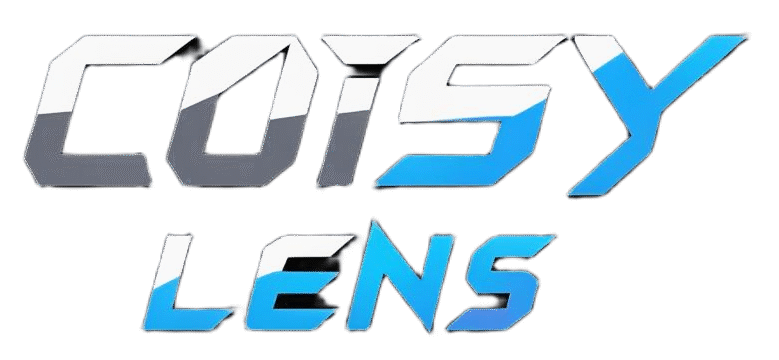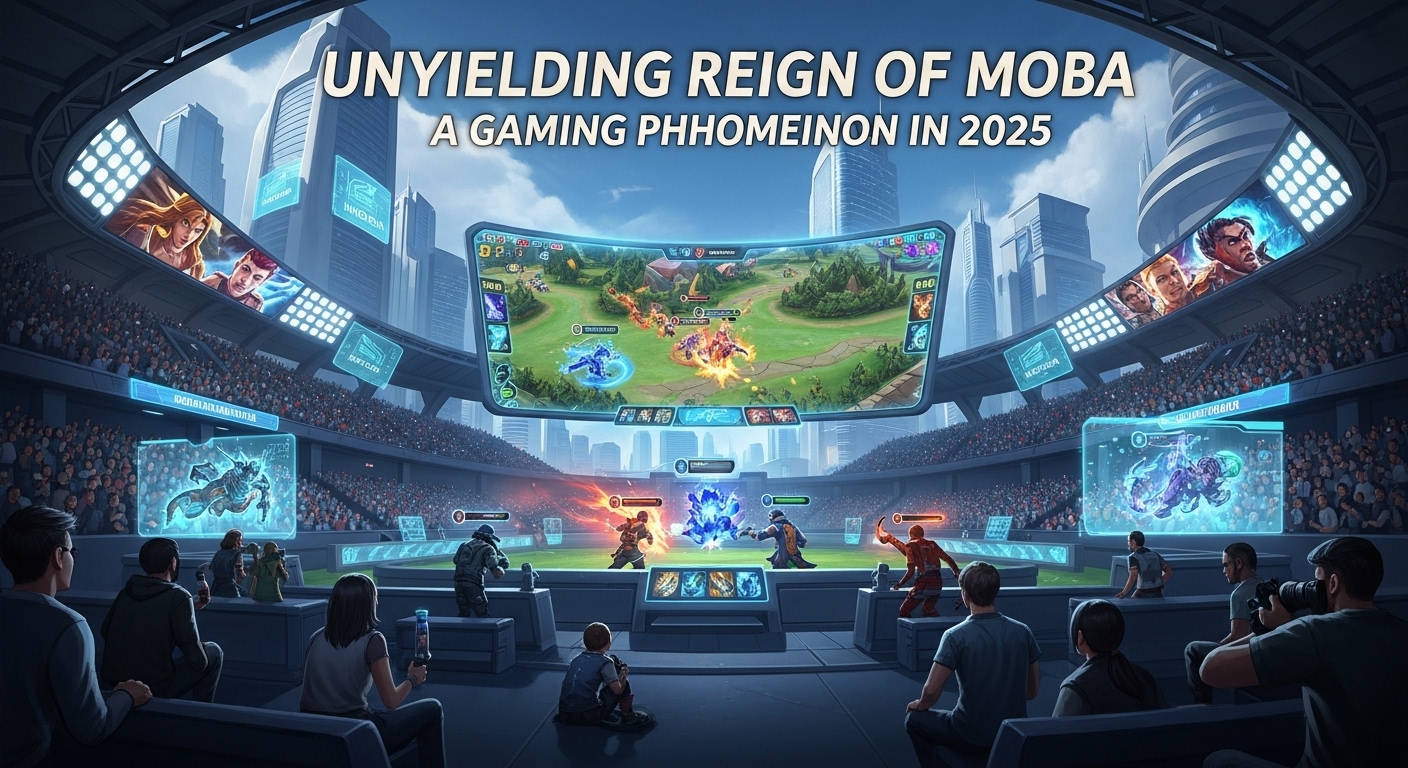In the vibrant and ever-expanding universe of video games, one genre has continued its meteoric rise, captivating millions with its potent blend of strategy, action, and intense teamwork: the Multiplayer Online Battle Arena, or MOBA. From its origins as humble custom maps, MOBAs have blossomed into a global esports powerhouse, profoundly shaping competitive gaming and user engagement, a trend keenly felt even in gaming communities in Faisalabad.
What is a MOBA? The Core Gameplay Loop
At its essence, a MOBA pits two teams of players (typically five per side) against each other on a structured, often symmetrical battlefield. Each player assumes control of a single, powerful “hero” or “champion,” each possessing unique abilities that evolve and strengthen throughout the course of a match. The ultimate objective is to destroy the enemy team’s main base structure, often called a “Nexus” or “Ancient,” while simultaneously defending your own.
MOBA gameplay is characterized by:
- Lane-based Combat: The map is typically divided into multiple “lanes” (usually three), along which automated, computer-controlled units (minions or creeps) continuously march towards the opposing base. Players battle in these lanes, “last-hitting” enemy minions to earn gold and experience.
- Hero Progression: Throughout a match, players gain experience points to level up their heroes, unlocking new skills and enhancing existing ones. Gold, acquired from minion kills, hero eliminations, and objectives, is used to purchase powerful items that further augment their character’s stats and capabilities. This dynamic progression ensures that each match feels unique as heroes scale in power.
- Team Coordination and Role Specialization: Success in a MOBA is deeply reliant on seamless teamwork. Players typically assume specialized roles such as “tank” (absorbing damage), “damage dealer” (inflicting high damage), “support” (healing and assisting allies), “jungler” (clearing neutral camps for buffs and ganks), and “assassin” (eliminating high-priority targets). Effective communication and synchronized execution of strategies are paramount.
- Strategic Depth and Macro Play: Beyond individual mechanical skill, MOBAs demand significant strategic thinking. This includes constant map awareness, objective control (e.g., securing powerful neutral monsters or towers), precise timing of abilities, and making decisive calls on when to engage in team fights, push objectives, or retreat.
From Modding Scene to Mainstream Domination: A Brief History
The roots of the MOBA genre can be traced back to the late 1990s and early 2000s, emerging from the vibrant modding communities of real-time strategy (RTS) games. While earlier games like Herzog Zwei (1989) and Future Cop: LAPD (1998) featured similar concepts, it was Aeon of Strife (AoS), a custom map for Blizzard’s StarCraft (1998), that truly laid the foundational blueprint.
However, the genre truly exploded with Defense of the Ancients (DotA), a custom map for Warcraft III (2002/2003). DotA refined the core mechanics, introducing a diverse roster of heroes, an intricate item system, and a competitive framework that resonated deeply with players. The immense popularity of DotA inspired numerous independent developers and eventually led to the creation of the genre’s two titans:
- League of Legends (LoL): Released by Riot Games in 2009, League of Legends quickly became a global phenomenon, democratizing the MOBA experience with its free-to-play model and accessible gameplay. As of 2025, it remains the undisputed king of MOBAs, boasting over 30 million daily active players and a sprawling esports ecosystem.
- Dota 2: Developed by Valve Corporation and released in 2013, Dota 2 is the official standalone sequel to the original DotA mod. Known for its deeper complexity, higher skill ceiling, and often larger prize pools for its flagship tournament “The International,” Dota 2 maintains a massive and dedicated player base (around 600,000-700,000 daily active players on Steam in 2025).
Beyond these giants, the MOBA landscape has diversified significantly. Titles like Smite (which offers a unique third-person perspective) and Blizzard’s Heroes of the Storm (featuring characters from across Blizzard’s franchises) carve out their niches. The mobile MOBA market has also exploded, with games like Mobile Legends: Bang Bang and Honor of Kings dominating the mobile gaming scene, particularly strong in regions like Southeast Asia and China, and gaining significant traction in places like Pakistan. Even new titles in beta, like Marvel Rivals and Deadlock, are hinting at fresh hybrid approaches combining MOBA elements with other genres like shooters.
The Esports Juggernaut: Where Strategy Meets Spectacle
Perhaps the most significant impact of the MOBA genre is its undeniable dominance in the esports arena. MOBA titles consistently boast some of the largest prize pools, highest viewership numbers, and most dedicated fan bases in competitive gaming. The League of Legends World Championship and Dota 2’s The International are annual spectacles that draw millions of concurrent viewers, rivaling traditional sporting events in scale and excitement.
In Faisalabad, while cricket holds supreme, the enthusiasm for esports, particularly for games like Mobile Legends: Bang Bang and potentially League of Legends: Wild Rift, is palpable among the youth. Local tournaments and online communities focused on these games are growing, as evidenced by regional qualifiers for games like Free Fire (which shares competitive elements with MOBAs) being held in Faisalabad. This indicates a strong and growing appetite for the strategic, team-based competition that MOBAs offer. Professional MOBA players are revered athletes, commanding significant salaries and sponsorships, inspiring a new generation of gamers.
The Enduring Appeal: More Than Just a Game
The continued, unyielding popularity of MOBAs can be attributed to several key factors:
- Unending Depth and Replayability: The vast number of heroes (over 160 in LoL alone), countless item combinations, and dynamic in-game scenarios ensure that no two matches are ever truly alike, offering virtually limitless replayability.
- Rewarding Skill Progression: The continuous opportunity to improve mechanical skills (precise ability aiming, last-hitting), game knowledge (understanding matchups, item builds), and strategic understanding (macro movements, objective prioritization) provides a deeply rewarding experience for dedicated players.
- Community and Social Interaction: MOBAs are inherently social games, fostering strong bonds and sometimes intense rivalries among teammates. They create vibrant online communities where players learn, compete, and connect.
- Compelling Spectator Sport: The clear objectives, distinct roles, dramatic swings of momentum, and climactic team fights make MOBAs incredibly engaging to watch, contributing significantly to their esports success.
- Free-to-Play Model: Most major MOBAs are free-to-play, lowering the barrier to entry and allowing millions to experience the genre without an upfront cost.
While challenges like toxicity within communities and the demanding learning curve for new players persist, the MOBA genre shows no signs of slowing down in 2025. With new hybrid titles emerging and continued innovation in core games, the future of these intense battle arenas appears as dynamic and captivating as the games themselves, solidifying their place as a cornerstone of the global gaming landscape.

